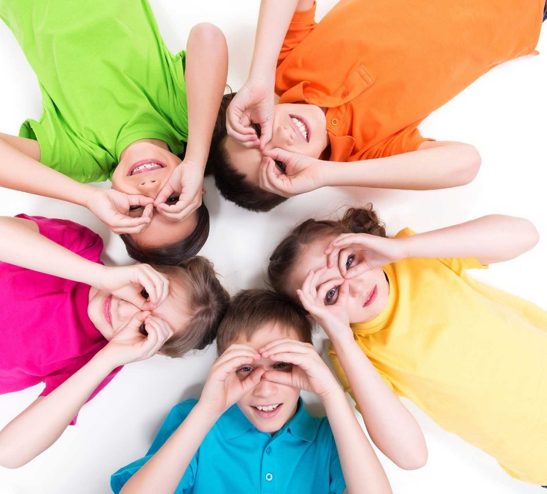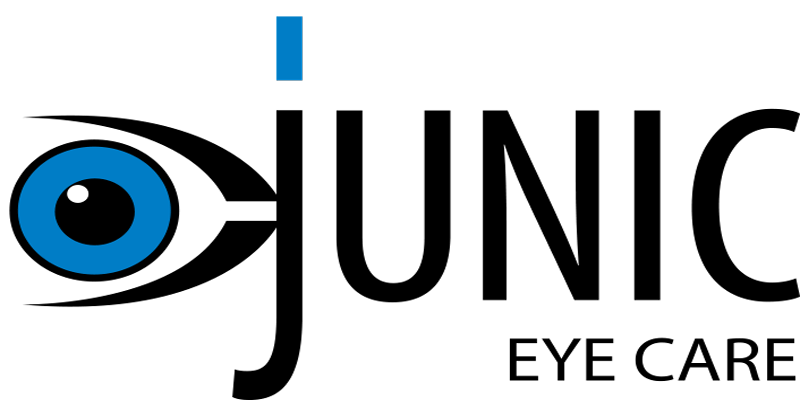Why 20/20 Vision Isn’t the Whole Story
At Junic Eyecare Coombs, we know that seeing clearly doesn’t always mean seeing well. That’s why our comprehensive children’s eye exams go beyond the basic 20/20 test — to catch the hidden vision issues that can impact learning, reading, and coordination.
Did you know that 73% of vision-related learning difficulties are missed by standard school screenings?
(Source: American Optometric Association)
Many children who struggle with reading, writing, or playing sports may actually have an undiagnosed vision problem — even if they pass a basic vision test.

Keep an eye out for these common symptoms of vision problems in children:
- Trouble shifting focus from their notebook to the classroom board
- Frequent eye rubbing or excessive blinking
- Complaints of headaches, especially after reading
- Covering one eye or tilting the head to see clearly
- Avoiding reading or other close-up tasks
- Skipping ball sports or coordination-based activities
- Losing their place when reading or skipping lines
- Difficulty recalling what they just read
- One eye turning inward or outward
- Reporting double vision or blurry text
Even one of these signs may indicate an issue with how their eyes are working — not just how well they see. Early diagnosis can make a big difference. Our in-depth testing helps uncover these subtle challenges — so your child gets the right support for their vision, confidence, and success.
At Junic Eyecare Coombs, we go beyond just checking if your child can see clearly. Our comprehensive eye exams assess not only eye health and vision clarity, but also the vital visual skills that support learning, reading, and everyday activities.
We Check For:
- Refractive errors like:
- Myopia (short-sightedness)
- Hyperopia (long-sightedness)
- Astigmatism
These can cause blurry vision and affect how your child sees both near and far.


Even with “perfect” eyesight, your child may still struggle with how their eyes function. That’s where Behavioural Optometry comes in — a deeper look at how the eyes work together to support attention, reading, and learning.
We assess:
- Eye Focusing (Accommodation)
Can your child keep things clear when looking from book to board? - Eye Teaming (Convergence)
Do both eyes work together comfortably to prevent double vision? - Eye Tracking (Ocular Motor Control)
Can your child smoothly follow text or moving objects without losing their place? - Visual Perception (Visual Information Processing Assessment)
How does your child interpret what they see?
We use fun, age-appropriate tests to gently assess these areas, and help you understand exactly how your child’s vision may be impacting their daily life.
